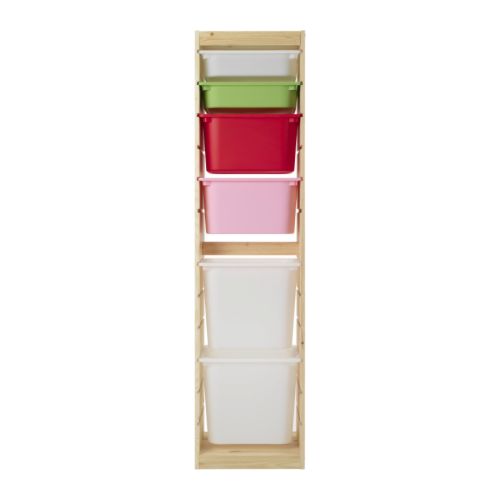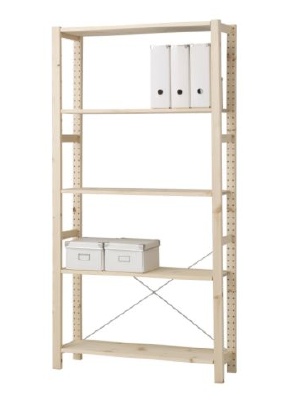
I wrote a few months ago about making a dining room table following Italian designer and theorist Enzo Mari’s 1974 Proposta per un’autoprogettazione, roughly translated as “A Project for self-design.” Mari’s goal was to effect a critical examination of the objects around us and the system of design, manufacture, distribution, marketing, and commerce that brings them into being. He did this by developing blueprints for a houseful of furniture that could be made from standardized pine lumber, in a day or two. The designs require only the simplest saw cuts and a hammer. And if you get the lumberyard to cut the lengths for you, it just requires a hammer. As Mari explained in an interview:
these items are not intended as alternatives to industrial ones, their creation is intended as a sort of critical exercise on design, and this is the reason why this experiment was called home design, not home production. The user, in repeating the operation, which can never be a slavish repetition…the designs have no measurements and while you are making them you can make changes, variations…when making the object the user becomes aware of the structural reasoning behind the object itself, therefore, subsequently he improves his own ability to assess the objects on the market with a more critical eye.
The EFFE table I want to build requires two sizes of board: 1×2 inch pine for the structure, and 1×8 planks for the top. In 1983, Mari explained that, “As regards material, the easiest to acquire is undoubtedly still the wooden plank.” Undoubtedly. So I headed down to the nearest hardware store, where there were several hundred varieties of curtain rod finials, but no lumber. I was told I could order pine boards of these dimensions, and they’d come in about a week. Couldn’t my contractor get wood for me? So I went to Home Depot, which had pine boards in several grades and dimensions. They were all from New Zealand.
First off, it wasn’t that nice-looking, but buying processed wood from the other side of the world in a 100,000-sf store seemed to contradict the spirit of the autoproggetazione project. Under those circumstances, Jeff Bezos’ critical response to the furniture design industry made more sense. [When he started Amazon, he made the desks out of hollow-core doors and sawhorses, a scrappy tradition the company continued.] But I didn’t want the aggressively cheap improvisation of a Bezos Table in my house.
The place where I saw the biggest piles of untreated pine lumber was, ironically, Ikea. The warehouse section near the store’s exit has palletsful of bookcases, chairs and beds, all flatpacked and ready for assembly [home production?] What would happen if you treat Ikea as your corner hardware store, and use their flatpack-optimized, mass-produced furniture components as the raw materials in an entirely different design?


Looking through the Ikea hacking communities, it seems no one had tried to make an Enzo Mari table from Ikea parts before. While Ikea publishes detailed dimensions for their assembled products, there’s no information on part specs. Over the course of several trips to Ikeas outside New York and Washington, DC, I identified every Ikea product that looked like a promising source of pine parts, and I measured each piece of wood.
Though there are many pine products at Ikea, there are just eight products or series whose parts come close to standard 1-by lumber dimensions. I’ll put them in the next post. Then I’ll calculate the various combinations to figure out things like the optimum use of material, the least amount of cutting, the cheapest/most expensive, the closest to Mari’s design, and the most successful table. We’ll see how it goes.

related: the 2002 reprint of Autoprogettazione from Corraini is much harder to find than it should be [abebooks]
previously: Autoprogettazione: The Making Of An Enzo Mari Dining Room Table
